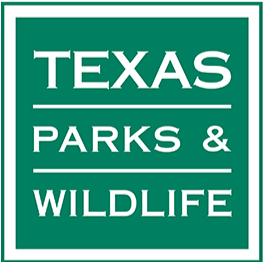Coastal Prairies Restoration Practitioners Forum Archive

 The University of Houston Coastal Center and the Texas Parks and Wildlife Department
co-host a coastal prairie restoration forum designed for decision-making restoration
practitioners. Attendees listen to presentations from professionals and participate
in discussions on topics focused on control of specific species of non-native brush
and trees, grasses, and sedges.
The University of Houston Coastal Center and the Texas Parks and Wildlife Department
co-host a coastal prairie restoration forum designed for decision-making restoration
practitioners. Attendees listen to presentations from professionals and participate
in discussions on topics focused on control of specific species of non-native brush
and trees, grasses, and sedges.
Additional topics include the next steps in restoration after initial treatments, the sources for Texas prairie restoration funding, and effective monitoring strategies for the validation of restoration progress. The forum is structured to allow information exchange among attendees and between attendees and presenters.